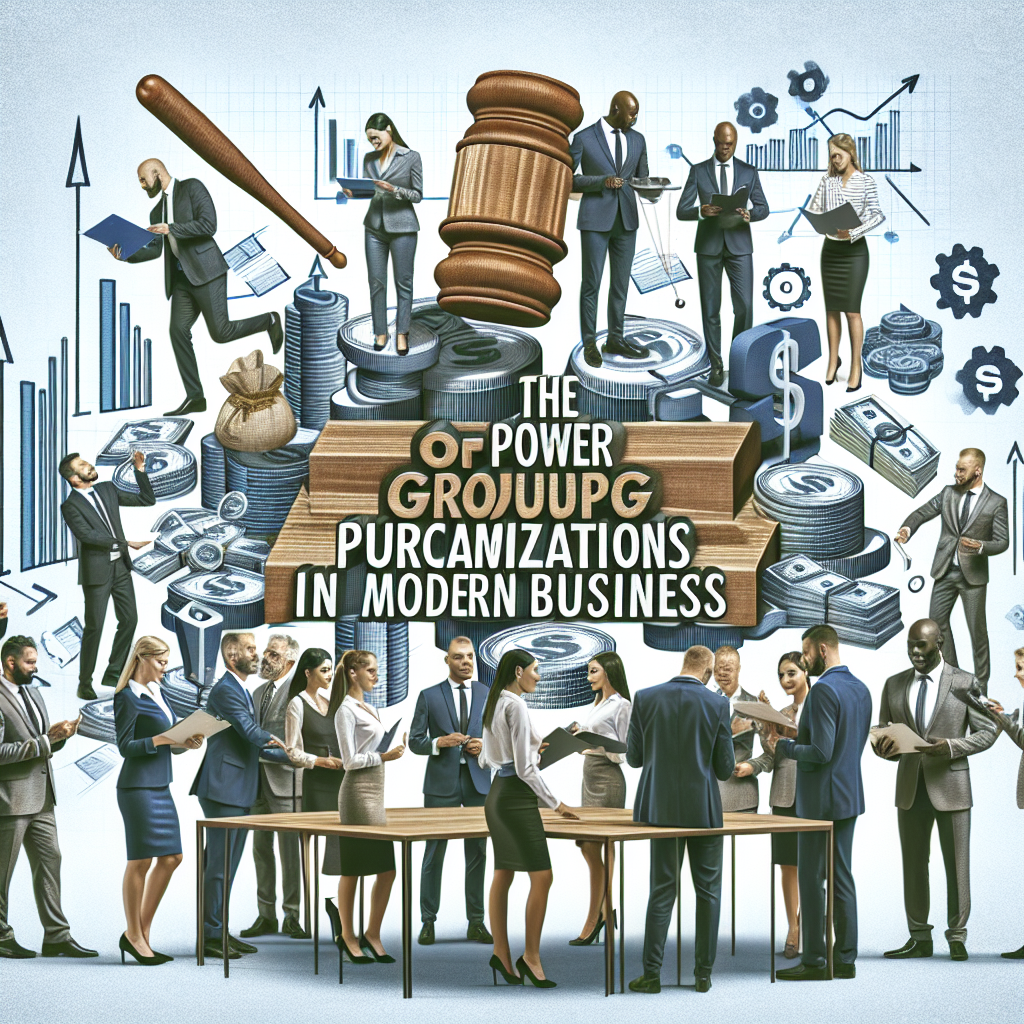Understanding Prepaid Software License Expenses in Accounting
Understanding prepaid expenses is essential in accounting, particularly for businesses that utilize software licenses. Proper accounting for prepaid expenses ensures accurate financial reporting and compliance with accounting standards. Key points include:
1. Importance of Prepaid Expenses
Recognizing these expenses helps maintain a clear view of a company’s financial health. Tracking prepaid software licenses enables firms to allocate costs effectively over the license term.
2. Overview of Software License Types
Software licenses can be categorized into three main types:
- Perpetual Licenses: One-time purchase providing indefinite use.
- Subscription Licenses: Ongoing payments for access to software, typically on a monthly or annual basis.
- Term Licenses: Fixed duration licenses that require renewal after a specified period.
3. Relevance to Businesses Like Hubzone Depot LLC
For companies like Hubzone Depot LLC, understanding these types and their implications on financial statements is critical. As a certified HUBZone small business, accurate accounting practices not only support compliance but also enhance transparency in reporting to stakeholders.
Moreover, grasping these concepts can significantly benefit businesses in making informed decisions regarding software investments and their associated costs. This understanding can also extend beyond software licensing to areas like maximizing federal grant funding for nonprofits or boosting employee morale with break room supplies. Additionally, it is crucial for companies to comprehend the importance of essential PPE for airborne precautions in healthcare and the role of supplier relationship management in optimizing their operations.
1. Types of Software Licenses and Their Accounting Treatment
Understanding the different types of software licenses is crucial for accurate accounting treatment. Here are the primary categories:
Perpetual Licenses
- Definition: A one-time purchase that grants indefinite access to the software.
- Characteristics: No expiration date, often includes maintenance or upgrades for a limited period.
- Accounting Treatment: Recognized as assets on the balance sheet. Requires amortization over its useful life, impacting financial statements by spreading costs over several periods.
Subscription Licenses
- Definition: A recurring fee model granting access to software for a specified term.
- Usage: Common in cloud-based solutions like Microsoft 365 or Adobe Creative Cloud.
- Accounting Treatment: Treated as operating expenses when incurred, directly affecting the income statement.
Term Licenses
- Definition: Purchased for a specific duration, similar to subscriptions but often with a larger upfront fee.
- Usage: Useful for businesses needing software for finite projects or timeframes.
- Accounting Treatment: Recorded as prepaid expenses and amortized over the license term, aligning costs with revenue generation.
In addition to understanding these license types, it’s also important to consider how they fit within broader procurement strategies. For instance, mastering procurement through continuous learning and adaptation can significantly enhance supplier performance, ensuring quality and reliability in software purchases. This is akin to the transformative journey outlined in Frank Corris’s story, where strategic thinking and ongoing education drove procurement success.
Moreover, navigating the complexities of software procurement can sometimes feel like a crisis situation, requiring businesses to build resilience for tough times. Understanding how to effectively maximize supplier performance can provide a significant advantage in such scenarios.
For those just starting out in this field, exploring entry-level procurement jobs could be a great way to kickstart a career in supply chain management. It’s essential to debunk common myths surrounding Group Purchasing Organizations (GPOs) as well, which is precisely what we aim to achieve in our mythbusting GPOs article.
2. Capitalization vs. Expensing Costs: Guidelines for Software Licenses Accounting
Deciding whether to capitalize or expense software license costs is crucial for accurate financial reporting. Here are the key guidelines:
- Capitalization Policies: Costs that provide future economic benefits should typically be capitalized. This includes perpetual licenses and long-term term licenses.
- Expense Recognition Criteria: For subscription licenses, which often do not provide long-term benefits, expenses should be recognized in the period incurred.
- Importance of Future Economic Benefits: When evaluating costs, consider if they will contribute to revenue generation over multiple periods.
- Relevant Accounting Standards: Familiarity with standards such as ASC 350 (Intangibles – Goodwill and Other) and ASC 842 (Leases) is essential to ensure compliance.
Understanding these guidelines helps businesses like Hubzone Depot LLC make informed decisions regarding the treatment of software license costs, impacting both balance sheets and income statements. Moreover, having a solid grasp of procurement terms can significantly enhance communication about the value of procurements, ensuring that all parties involved have a clear understanding of the financial implications. Additionally, recognizing trends in supplier innovation can provide valuable insights for strategic sourcing decisions.
3. Unique Considerations for SaaS Models in Software License Accounting
Software as a Service (SaaS) models present distinct challenges in accounting for software licenses. Key aspects include:
- SaaS Accounting Treatment: Costs associated with SaaS subscriptions are typically treated as operating expenses. This differs from traditional software licenses, which may be capitalized.
- External Hosting: Many SaaS solutions involve external hosting, making it essential to differentiate between the service costs and any additional hardware or infrastructure investments.
- Cost Categorization: When determining whether to capitalize or expense SaaS costs, consider the nature of the services provided and their expected duration.
Case Study Example
For instance, if Hubzone Depot LLC subscribes to a project management tool on a monthly basis, the subscription fees would be recorded as an expense each month. In contrast, if they purchase a one-time software license for internal use, that cost would likely be capitalized and amortized over its useful life.
Understanding these factors is crucial in ensuring accurate financial reporting and compliance with accounting standards. Moreover, companies like Hubzone Depot LLC are not just limited to software licenses; they also explore ways to optimize their spending such as leveraging drastic cost reduction through collective spend, which can significantly impact their overall financial health.
In addition, the right procurement software can streamline the process of managing these subscriptions and purchases. This can be particularly beneficial when dealing with multiple SaaS solutions, each with its own accounting treatment.
Furthermore, understanding procurement optimization can help businesses maximize their resources and achieve better financial outcomes. By adopting strategies such as frugal living, companies can further enhance their cost-saving measures.
Lastly, exploring exclusive membership benefits can also provide additional resources and support in navigating these complex accounting landscapes.
4. Amortizing Prepaid Software License Fees: A Step-by-Step Guide
Amortizing prepaid software license fees involves systematic allocation of the expense over the license duration. Follow these steps to create an effective amortization schedule:
- Identify the Total Cost: Determine the total prepaid amount for the software license.
- Define the License Term: Establish how long the software license is valid (e.g., one year, three years).
- Calculate Annual Expense:
- Divide the total cost by the number of years in the license term. This results in your annual amortization expense.
- Example: For a $12,000 license over a 3-year period, divide $12,000 by 3 to find an annual expense of $4,000.
- Record Journal Entries:
- Each year, debit the amortization expense account and credit the prepaid asset account accordingly.
An accurate amortization schedule ensures proper annual expense reflection on financial statements, maintaining compliance with accounting standards and providing clarity for stakeholders.
If you’re also considering purchasing lab equipment along with software licenses, you might want to explore options like those offered by Alpha Lab Supply, which provides quality lab equipment. For any inquiries or further assistance, feel free to reach out through their contact page.
5. Financial Reporting Implications of Amortizing Prepaid Software License Fees
Amortization has a direct impact on financial statements, influencing both the income statement and balance sheet.
1. Income Statement Impact
Amortization expenses reduce net income, reflecting the allocation of prepaid software costs over the license term. This expense recognition aligns with the matching principle, ensuring that expenses correlate with revenue generation.
2. Balance Sheet Impact
Prepaid software licenses appear as assets initially. As amortization occurs, these assets decrease in value, impacting total asset calculations and equity positions.
Accurate reporting is crucial for stakeholders, including investors and regulatory bodies. Compliance with accounting standards such as GAAP or IFRS ensures transparency and reliability in financial disclosures. Misreporting can lead to significant consequences, including loss of trust and potential legal ramifications.
Maintaining precision in reporting not only supports organizational integrity but also aids in informed decision-making. This is where the importance of transparent supplier communication comes into play, as it helps build trust and drive business growth.
6. Documenting Clear Policies for Software License Accounting at Hubzone Depot LLC
Establishing well-documented accounting policies is essential for effective management of software costs. Clear classification guidelines ensure that expenses related to software licenses are accurately categorized, impacting financial reporting and compliance.
Key Elements of Documentation Practices:
- Classification Guidelines: Define specific criteria for distinguishing between perpetual, subscription, and term licenses.
- Treatment Procedures: Outline the accounting treatment for each type of license, including capitalization and amortization processes.
- Record-Keeping Protocols: Implement a systematic approach for maintaining documentation supporting software license transactions.
Examples from companies similar to Hubzone Depot LLC showcase effective practices such as:
- Regular training sessions for staff on updated policies.
- A centralized repository for all software-related documents to enhance accessibility and accountability.
By prioritizing these documentation practices, Hubzone Depot LLC can strengthen its financial integrity and maintain compliance with accounting standards. Furthermore, embracing strategies like tail-spend management could yield significant cost savings in software procurement.
Additionally, exploring effective sourcing strategies may help in hiring top talent who can manage these procurement functions efficiently. For those managing a one-person procurement function, implementing the tips for managing such a role can optimize performance while ensuring cost efficiency and effective supplier management.
7. Best Practices in Policy Development for Consistent Application Across Departments at Hubzone Depot LLC
Developing sound accounting policies for software licensing costs is crucial for consistency across all departments within Hubzone Depot LLC. Consider the following best practices:
- Involve Key Stakeholders: Engage individuals from various departments to gather insights and ensure policies meet diverse needs.
- Establish Clear Guidelines: Define specific criteria for classifying software licenses, detailing how to handle different types of expenses.
- Regular Reviews and Updates: Schedule periodic evaluations of policies to adapt to changes in technology or business strategies.
- Training Programs: Implement training sessions to educate staff on the policies, ensuring everyone understands compliance requirements.
- Documentation Accessibility: Maintain easily accessible documentation, allowing employees to reference policies as needed.
Implementing these practices fosters a unified approach, reducing discrepancies and enhancing financial integrity across Hubzone Depot LLC’s operations. Additionally, these strategies can be particularly beneficial when trying to succeed with limited resources, such as optimizing processes and leveraging networks for business success.
8. Additional Considerations in Managing Ancillary Costs Related to Software Licenses at Hubzone Depot LLC
Managing ancillary costs associated with software licenses is essential for accurate financial reporting and budgeting. These costs can include:
- Training: Investment in training personnel to effectively use the software. Typically, this cost is expensed as incurred since it does not provide a long-term asset.
- Implementation Services: Fees paid for initial setup or customization of software systems. Depending on the nature and duration of these services, they may be capitalized or expensed.
- Support Services: Ongoing support and maintenance fees are often treated as operating expenses, impacting the income statement directly.
Understanding the nature of each ancillary cost is vital. Different treatments impact financial statements and must align with accounting policies. Regular reviews of these costs help ensure proper classification and compliance with accounting standards. This practice promotes transparency and enhances decision-making at Hubzone Depot LLC, contributing to effective overall expense management.
Conclusion: The Importance of Accurate Accounting Practices for Prepaid Software License Expenses at Hubzone Depot LLC
Understanding and implementing accurate accounting practices for prepaid software license expenses is crucial for businesses like Hubzone Depot LLC. Maintaining a strong financial foundation involves several key points:
- Importance of Accurate Reporting: Precise financial reporting fosters transparency and trust with stakeholders.
- Best Practices Adoption: Encourage businesses to adopt best practices in accounting, ensuring consistent treatment of software licensing costs.
- Compliance with Standards: Adhering to relevant accounting standards enhances credibility and mitigates risks.
Properly accounting for annual software license prepaid expenses not only streamlines financial operations but also supports informed decision-making. Companies that invest time in developing clear policies and procedures regarding software costs are better positioned to achieve long-term success.
Emphasizing transparency and integrity in financial reporting allows Hubzone Depot LLC to optimize its performance, ultimately benefiting clients and enhancing community commitment. By prioritizing these practices, you create a sustainable model that drives efficiency and value within your organization.





